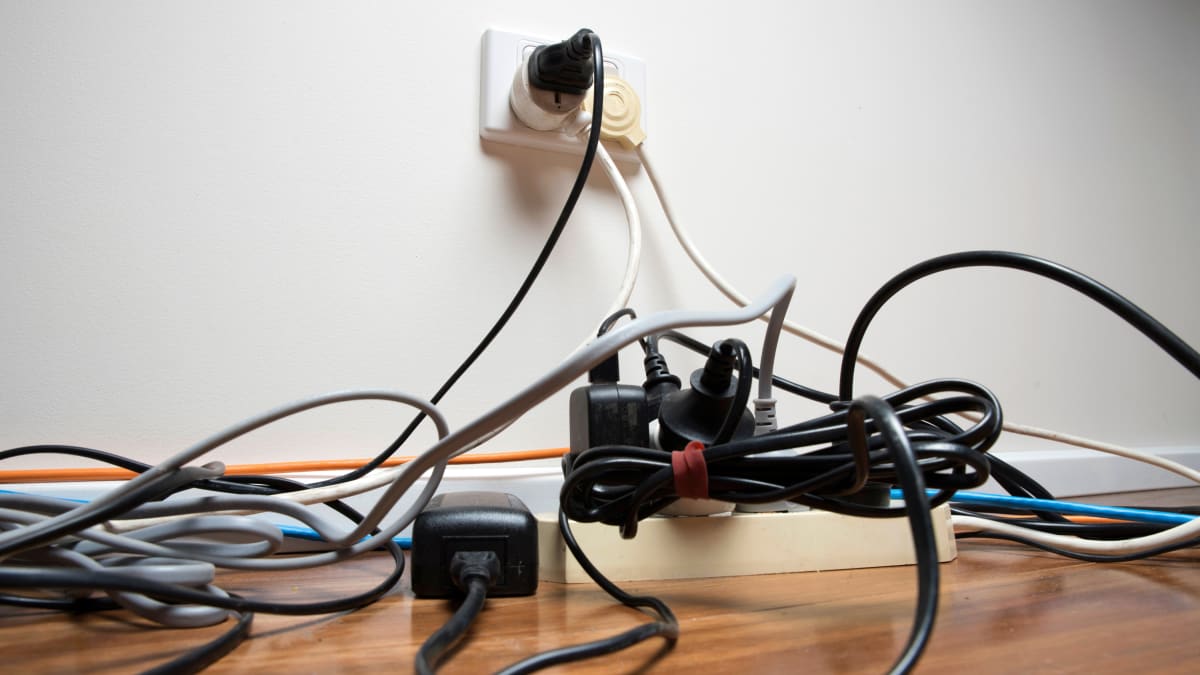Some home improvement projects can be daunting tasks for even the most experienced handyperson who is used to fixing things around the house. For the rest of us, anything beyond changing a lightbulb or changing the smoke detector batteries seems like too far out of our comfort zone. However, there are many minor home improvement tasks that can and should be performed by even the most inexperienced homeowners or renters.
Table of Contents
Dishwasher Cleaning
Dishwashers do a good job of cleaning dishes, glasses, and silverware. Over time, regular use can cause a buildup of food particles within the appliance that will emit a foul odor. There are some simple steps to take that will have the dishwasher smelling like new.
- Clean the drain filter: The drain filter on a dishwasher prevents scraps of food from clogging up the drain, but the remaining particles are the leading cause of dishwasher smells. Located on the bottom of the unit, the drain filter is easily removed and can be cleaned in the kitchen sink with hot water and dish soap. Before reinserting the filter, the drain area should be cleaned and freed of any debris.
- Clean the spray arm: A dirty spray arm will not only make the dishwasher smell; blockages will affect the performance of the cleaning cycle. Arms are easily removed for thorough cleaning.
- Clean the inside of the dishwasher: Taking out the racks and giving the inside of the dishwasher a good wiping down will remove any accumulated grime on the inside walls of the unit. Nooks and crannies within the appliance act as ideal breeding grounds for mold and mildew.
- Vinegar and baking soda: Running a dishwasher cycle with a bowl of vinegar on the top rack has dishwashers smelling clean and fresh. A shorter cycle with baking soda sprinkled throughout is another effective method of removing nasty odors for dishwashers.
Washing Machine Cleaning
Dishwashers are not the only appliance that leaves behind bad smells. The problem with smelly washing machines is that nasty odors are transferred to the clothing washed in them. When washing machines are left closed for days between loads mold will grow inside the damp, sealed airtight container. Running an empty wash cycle with commercial mold cleaner will keep the machine smelling fresh and prevent potential health hazards. To prevent odors, leave the washing machine open between loads.
Quiet Cabinet Doors
Cabinet doors that make a lot of noise when they are closed are an annoyance that is easily fixed with little expense. Packs of peel-and-stick bumper pads are available any home improvement or hardware store, or online at Amazon. Sticking them to the inside of a dry cabinet door will instantly silence the thumping and banging every time they are closed.
Replace Showerhead
Showerhead designs and features have come a long way in recent years. Prices and styles vary widely, but even the most basic new showerhead can provide a whole new showering experience. Regular cleaning of showerheads can only do so much to prevent buildup within the unit that affects flow and direction.
Sealing Natural Stone Countertops
Sealing natural stone countertops is an easy, affordable way to protect granite, marble, and other surface materials from staining, scratching, and other damages. Natural stone countertops need to be sealed once or twice a year, depending on the quality of the surface, and how much use and abuse it takes. There is no such thing as over-sealing natural stone surfaces, so it is safe to err on side of caution to fully protect the countertop. The surface needs to be thoroughly cleaned before sealant is applied and a good polish after the sealing process will restores granite and other natural stone countertops to their original beauty and richness.
Fixing Leaky Faucets
Simple fixes to minor plumbing issues will prevent further damage and major repairs in the future. Easily repaired leaky faucets left unattended will lead to a costly visit from a plumber. With a wrench, a screwdriver, some WD-40, and a few washers and O-rings, even the most inexperienced handyperson can fix a leaky faucet by following these easy steps.
- Turn the water supply off underneath sink.
- Unscrew the handle mounts at the stem of the faucet and carefully remove the handle from the faucet stem.
- Loosen the packing nut and remove the stem, and inspect all parts that have been removed for any damage or obstruction.
- Check the O-ring and washer in the valve seat. These are often the source of blockage that causes the faucet to leak. Replacement washers and O-rings need to be the exact fit for the faucet to function properly.
- Reassemble all faucets parts in the reverse order they were taken apart. Once the unit is fully restored, slowly turn the water source knob back on to test the repair.




